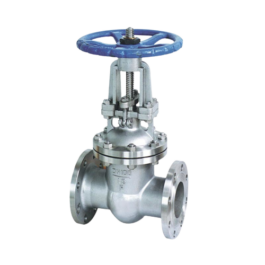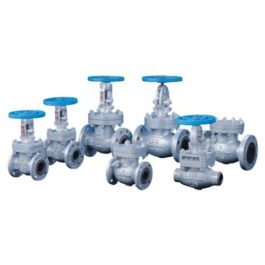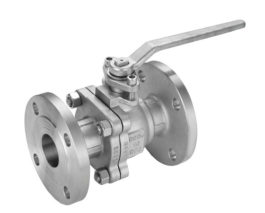Valves
Valves are a device that regulates, directs, or controls the flow of a fluid (gases, liquids, fluidized solids, or slurries). This is done by opening, closing, or partially obstructing various passageways. Valves are technically fittings but are usually discussed as a separate category.
In an open valve, fluid flows in a direction from higher pressure to lower pressure. The word is derived from the Latin valva, the moving part of a door, in turn from volvere, to turn, roll.
The simplest, and very ancient, valve is simply a freely hinged flap. This drops to obstruct fluid (gas or liquid) flow in one direction but is pushed open by flow in the opposite direction.
This is called a check valve, as it prevents or “checks” the flow in one direction. Modern control valves may regulate pressure or flow downstream and operate on sophisticated automation systems.
Valves have many uses, including controlling water for irrigation, and industrial uses for controlling processes. It has residential uses such as on/off and pressure control to dish and clothes washers and taps in the home.
Ball Valves
A ball valve is a form of quarter-turn valve that uses a hollow, perforated, and pivoting ball (called a “floating ball”) to control flow through it.
It is open when the ball’s hole is in line with the flow and closed when it is pivoted 90 degrees by the valve handle.
Gate Valves
A gate valve, also known as a sluice valve, is a valve that opens by lifting a round or rectangular gate/wedge out of the path of the fluid. The distinct feature of a gate valve is the sealing surfaces between the gate and seats are planar.
This is why gate valves are often used when a straight-line flow of fluid and minimum restriction is desired.
Globe Valves
A globe valve, different from a ball valve, is a type of valve used for regulating flow in a pipeline. It consists of a movable disk-type element and a stationary ring seat in a generally spherical body.
Butterfly Valves
A butterfly valve can be used for isolating or regulating flow. The closing mechanism takes the form of a disk. Operation is similar to that of a ball valve, which allows for quick shut-off.
Butterfly valves are generally favored because they are lower in cost than other valve designs as well as being lighter in weight, meaning less support is required.
Control Valves
A modulating control valve is an automated valve that is used to control the amount of flow in a system or process. They go beyond simple shutoff or isolation (on/off) and allow precise control of the flow rate.
Additionally, the actuators use feedback and control signals to accurately open and close the valve.
Check Valves
Check valves are mechanical valves that permit gases and liquids to flow in only one direction, preventing process flow from reversing.
Also, they are classified as one-way directional valves. Fluid flow in the desired direction opens the valve, while backflow forces the valve closed.
Pressure Relief Valves
The pressure relief valve (PRV) is a type of valve used to control or limit the pressure in a system or vessel. This pressure can build up for a process upset, instrument or equipment failure, or fire.
Moreover, the pressure is relieved by allowing the pressurized fluid to flow. It flows from an auxiliary passage out of the system.
Showing all 10 results
-
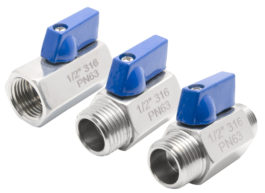
Mini-Ball Valves
$ 17.64 – $ 36.23Select options This product has multiple variants. The options may be chosen on the product page -
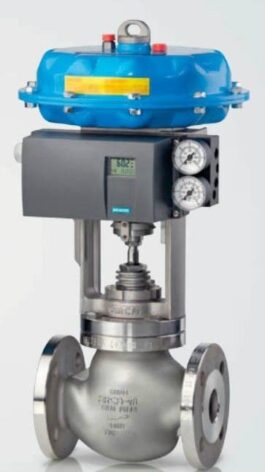
Control Valve
$ 3,387.50 – $ 8,075.00Select options This product has multiple variants. The options may be chosen on the product page -
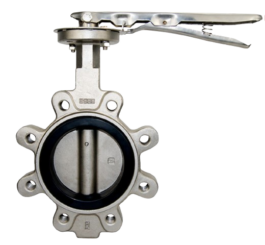
Butterfly Valve
$ 73.00 – $ 1,678.00Select options This product has multiple variants. The options may be chosen on the product page -
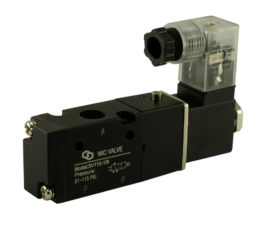
Solenoid Valves
Read more -
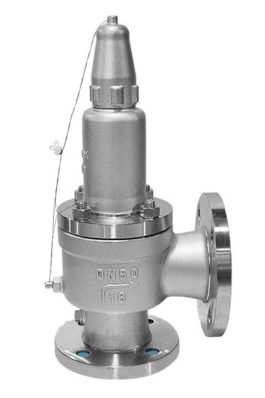
Pressure Relief Valves
Read more -
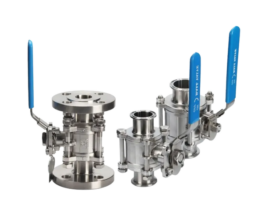
Ball Valves
$ 22.00 – $ 2,122.00Select options This product has multiple variants. The options may be chosen on the product page -
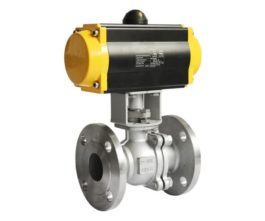
Pneumatic Actuator
Read more -
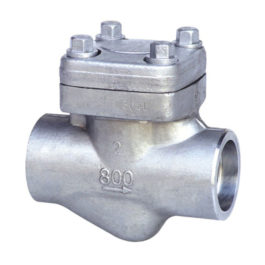
Check Valves
$ 49.00 – $ 1,191.00Select options This product has multiple variants. The options may be chosen on the product page

